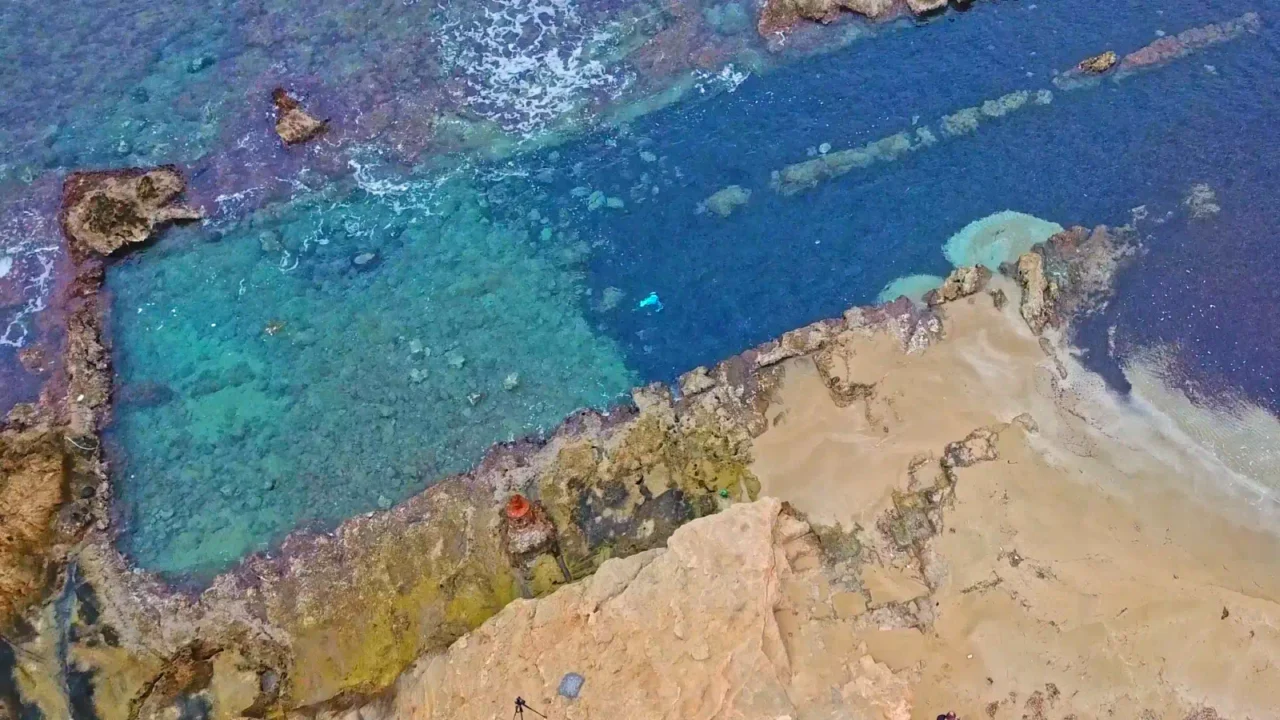
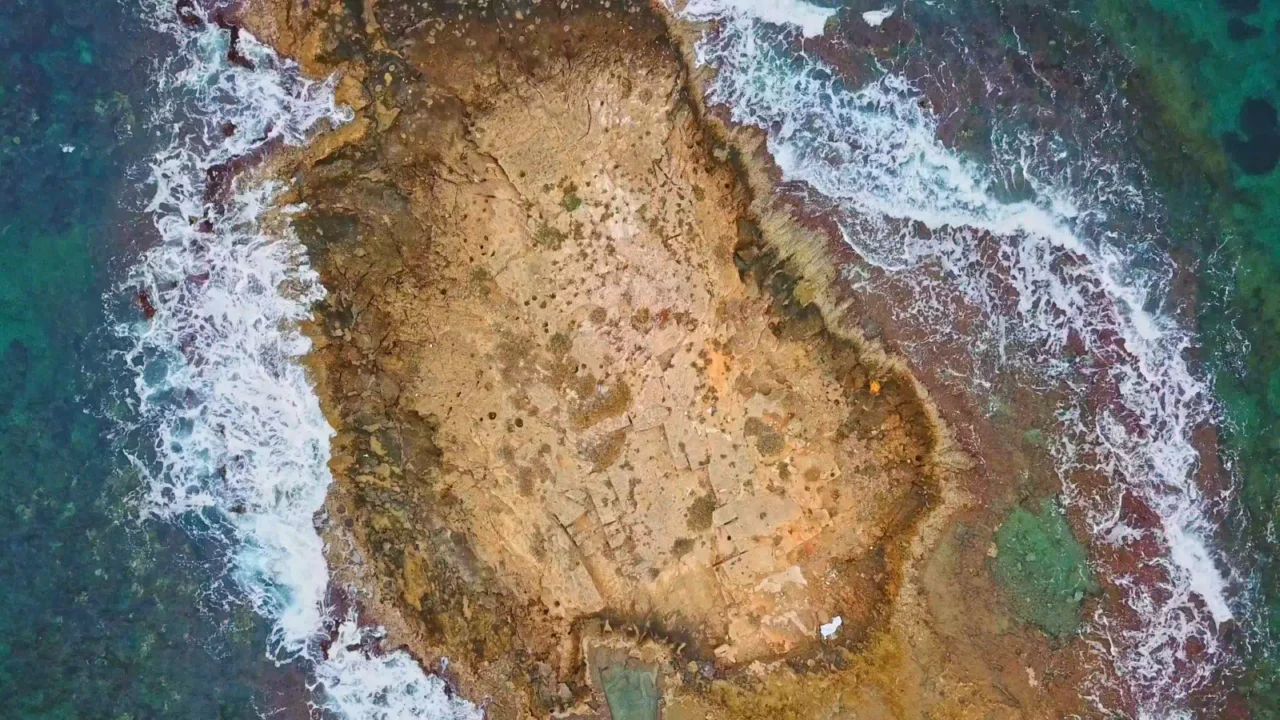
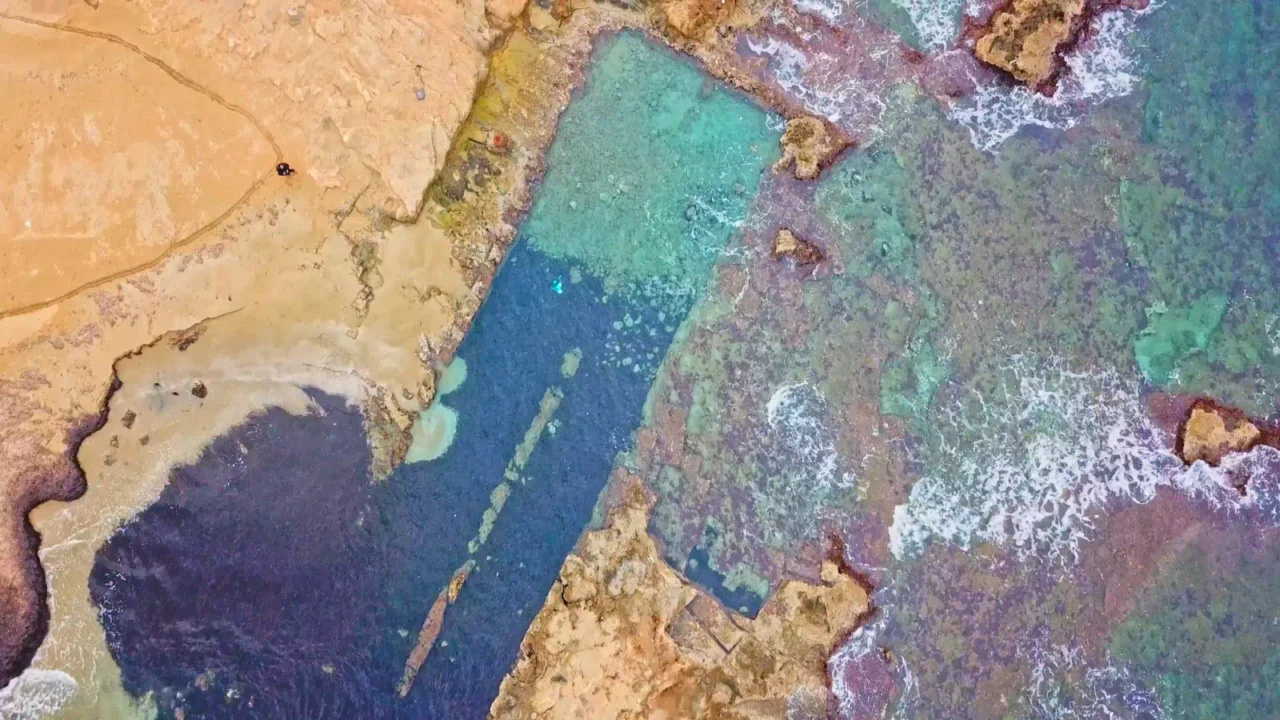
The Minoan Civilization and Maritime Trade
The Minoan civilization, flourishing on the island of Crete during the Bronze Age, was intrinsically linked to the sea. Their mastery of maritime technology and navigation facilitated extensive trade networks that spanned the Mediterranean, connecting Crete with distant lands like Egypt, Cyprus, and the Levant. These maritime routes were not merely conduits for economic exchange but also served as channels for cultural transmission, fostering the dissemination of ideas, artistic styles, and technological innovations.
The Minoans’ seafaring capabilities were underpinned by their advanced shipbuilding techniques and the strategic establishment of harbor towns along Crete’s coastline. These harbor towns served as vital centers for maritime activity, accommodating ship construction, maintenance, and the loading and unloading of cargo. The presence of shipyards, dry docks, and storage facilities within these harbor towns underscores the Minoans’ commitment to maintaining a robust maritime infrastructure.
Agii Theodori: A Minoan Harbor Town and Shipyard
The archaeological site at Agii Theodori, located on the eastern edge of Vathianos Kambos beach near Heraklion, Crete, provides valuable insights into Minoan maritime infrastructure. The site’s focal point is a meticulously carved dry dock, approximately 48 meters long and 11 meters wide, dating back to the Late Minoan I period (c. 1600-1450 BC). This dry dock reveals the Minoans’ ingenuity in creating a controlled environment for shipbuilding and repair. The adjacent area designated for storing timber, a critical shipbuilding material, further emphasizes the site’s role as a dedicated shipyard.
Agii Theodori’s location on a peninsula, offering both protection from the elements and easy access to the open sea, highlights the Minoans’ strategic approach to harbor town planning. This location would have allowed for efficient shipbuilding and repair while ensuring the rapid deployment of vessels for trade or other maritime activities.
Archaeological Significance
The Minoan shipyard at Agii Theodori indicates the Minoans’ exceptional maritime capabilities and their understanding of the sea’s importance in their economic and cultural progress. It serves as a tangible connection to a civilization that flourished due to its relationship with the Mediterranean.
The site is also significant due to its proximity to other important Minoan settlements and archaeological discoveries. The Palace of Knossos, the Minoan civilization’s most iconic site, is located just a few kilometers to the south. The harbor town of Amnisos, another key Minoan port, is also nearby. These sites, along with Agii Theodori, form a network of interconnected coastal settlements that played a crucial role in the Minoans’ maritime dominance.
Construction Period: Late Minoan I period (c. 1600-1450 BC)
Location: Eastern edge of Vathianos Kambos beach, near Heraklion, Crete
Dimensions: Approximately 48 meters long and 11 meters wide
Historical Significance: Provides evidence of Minoan shipbuilding practices, maritime infrastructure, and trade networks
Current Status: Archaeological site open to the public
References
- Rodney Castleden, Minoans, Life in Bronze Age Crete, 1990
Access
A few meters walk behind the Arena hotel is needed. The site is submerged and not much is visible from the ground level. Refer to the virtual tour for a better look from above.
















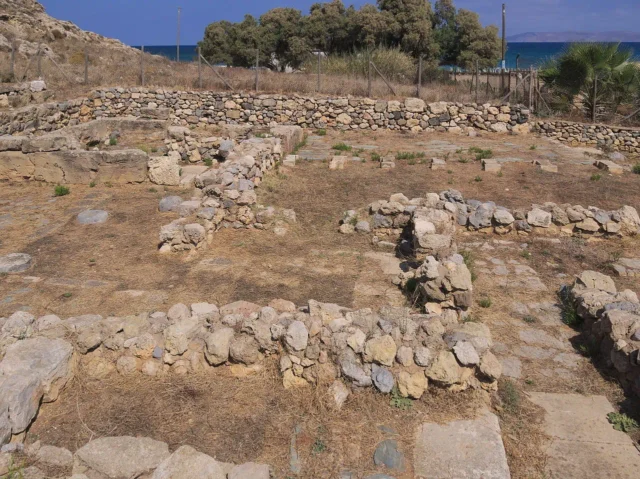

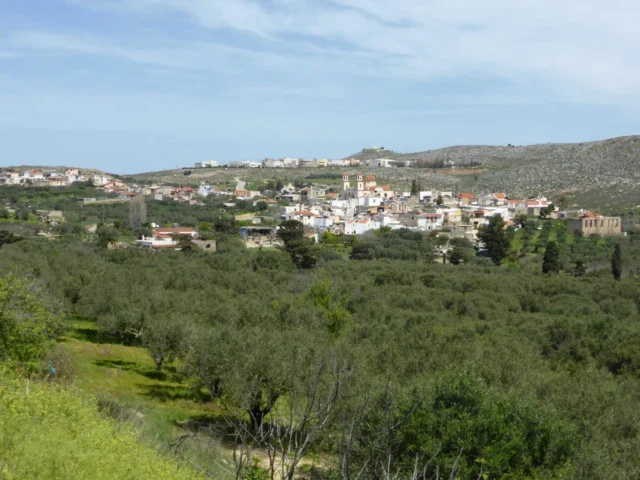
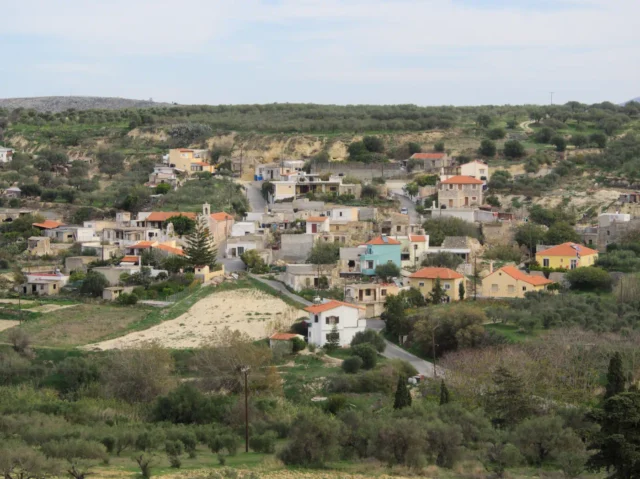
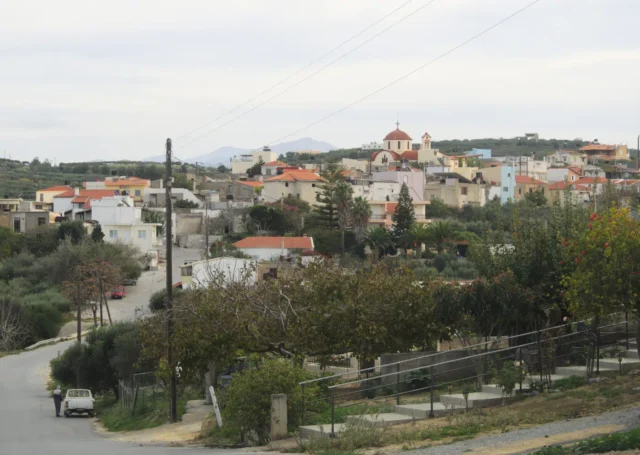
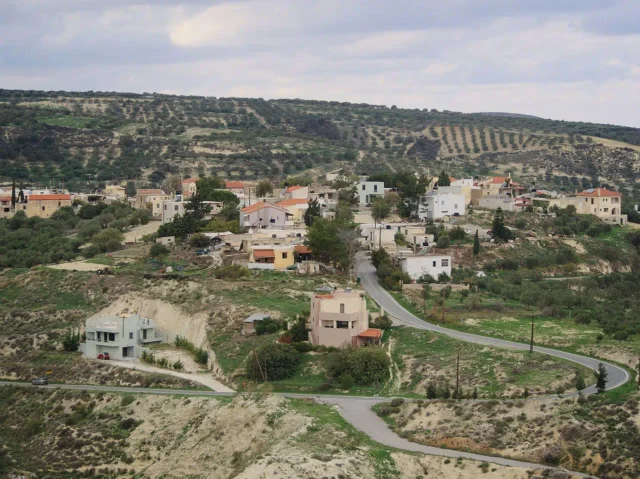
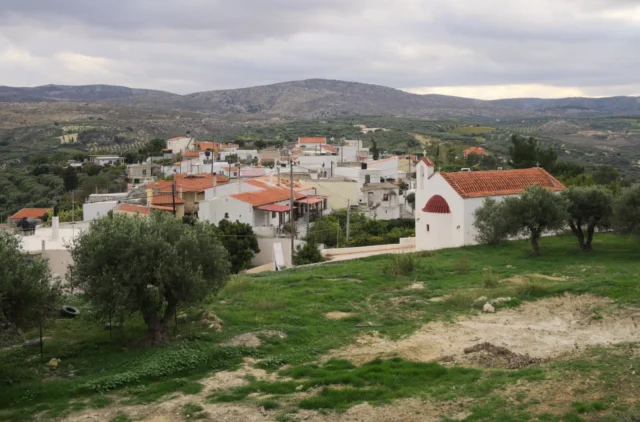

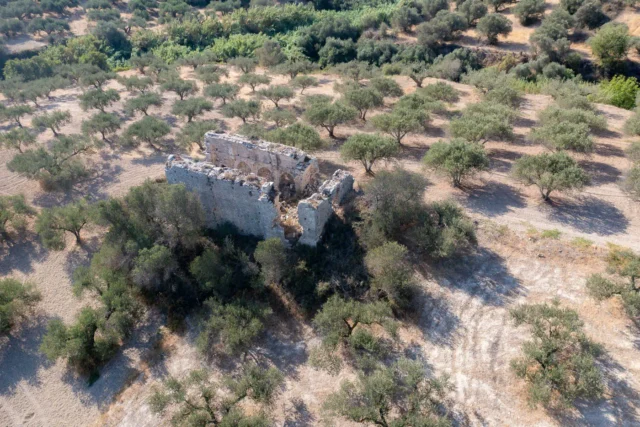
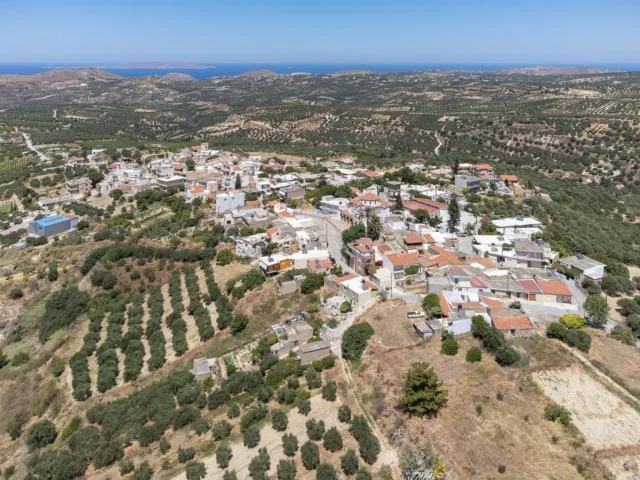
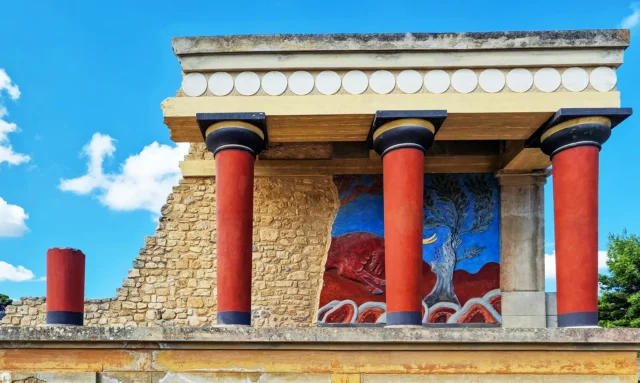
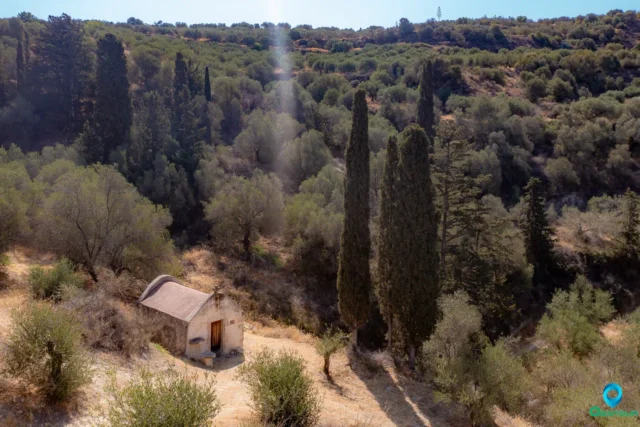
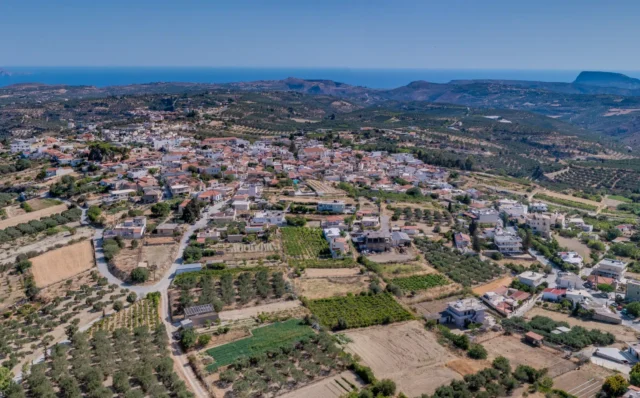
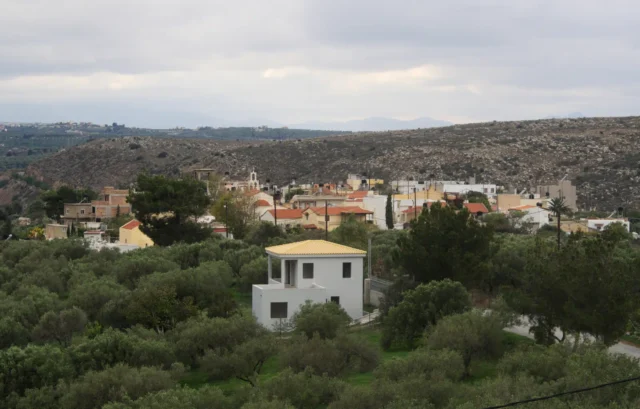

There are no comments yet.